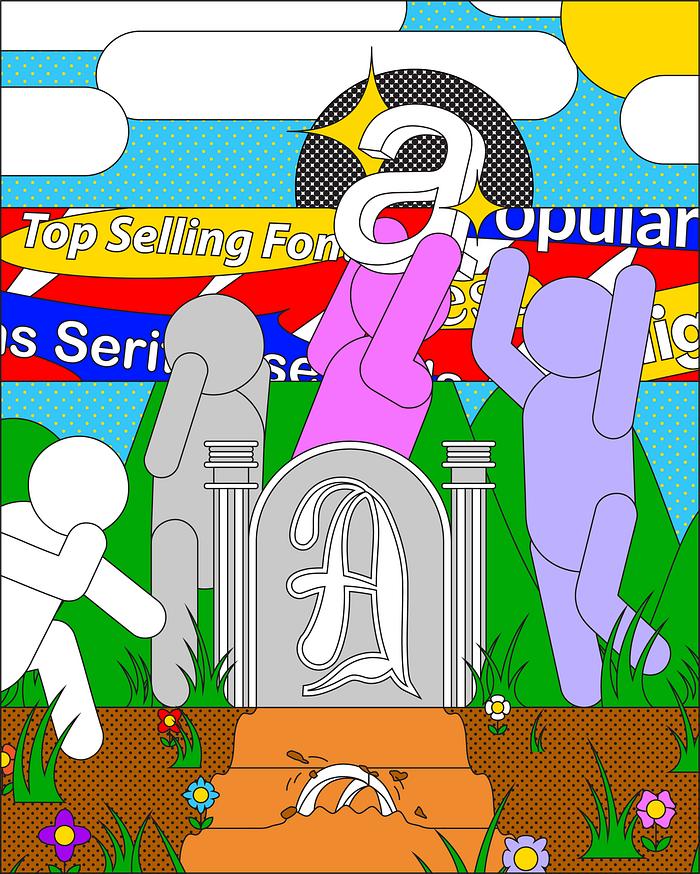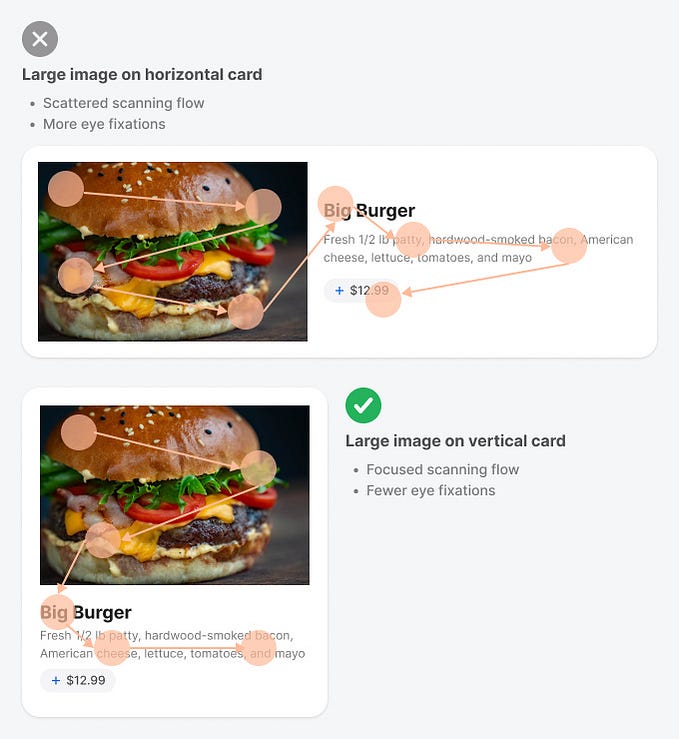Member-only story
Fonts can die. Are we doing enough to save them?
Fonts that fail to adapt to new technologies can become outdated and fall out of use. However, beyond this, are we also limiting type diversity by only reviving certain fonts? Here are my thoughts on modern-day font revivals.
Update (26/6/23): The lovely team at Fonts in Use informed me that there’s actually a digitised version of Arabeqsue available online, under the name Zylobalsamum! Done by Jason Wickersty in 2015, you can get the font as part of a bundle here or here.

Have you ever heard of a font called Arabesque? Well, you can’t download it online, if that’s what you’re wondering. It’s estimated to be around 171 years old and can be found in an 1858 type catalogue. As the name suggests, Arabesque is highly decorative in appearance, featuring wavy, leaf-like strokes that appear to have been created with an ink brush.
I adore the look of the typeface. It has a calligraphic quality and possesses gracefulness, where the words seem to dance on paper when Arabesque is used. However, if I want to use Arabesque as a font, I must locate someone who still possesses the metal types and use it with a letterpress machine. Alternatively, is there a better solution available?
Reviving Dead Fonts

You may have come across Garamond in a restaurant menu or a book. This serif font is even older than Arabesque, yet it is easily available to purchase as a digital .ttf file on many online platforms, including MyFonts. Why so? It’s because many people have digitised it. Type foundries take the time to trace the printed letterforms of Garamond on computers. These traces become font files that can be easily used on devices, so you can conveniently use them in your Word app, if you fancy.
Another advantage of Garamond and Arabesque is that they are both ancient Western typefaces, which means they have fallen out of copyright licensing for decades. This allows anyone to recreate these fonts from scratch and…






